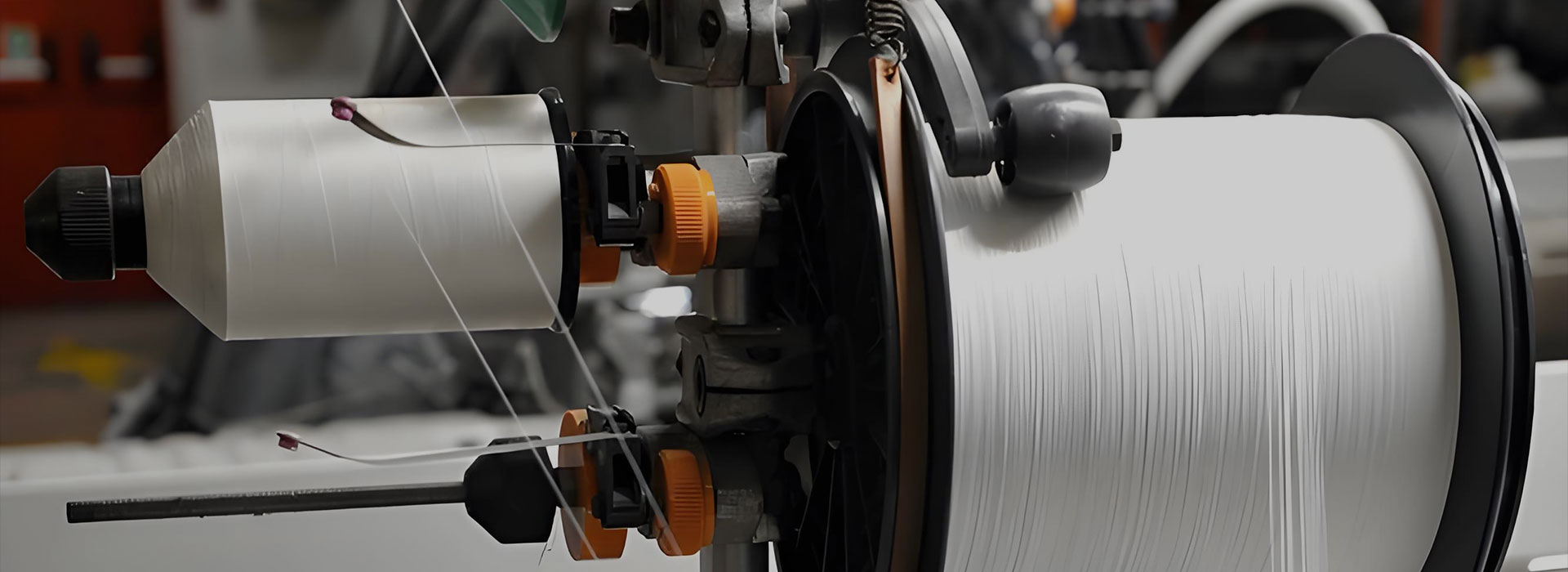Aramid Woven Fabric (100% Kevlar® Aramid Fibers)
· Compatible Resins: Epoxy (recommended), polyester, vinyl ester
Key Features
· High Strength-to-Weight Ratio: Delivers excellent impact resistance and tensile strength while remaining lightweight
· Heat & Flame Resistance: Maintains structural integrity under extreme temperatures
· Abrasion Resistant: Protects against wear and surface damage in high-friction environments
· High Elongation-to-Break: Offers flexibility and resilience under mechanical stress
· Lamination Friendly: Can be used alone or combined with fiberglass or carbon fiber in hybrid composites
Applications
· Ballistics & Personal Protection: Ideal for protective panels, helmets, and body armor
· Motorsport & Automotive: Used for impact-resistant panels and lightweight structural parts
· Marine Industry: Reinforcement for canoes, kayaks, and other watercraft exposed to impact
· Aerospace & Defense: Trusted in components where weight, strength, and heat resistance are critical
How Aramid Woven Fabric Maintains Stability in High-Temperature Environments
Aramid woven fabric is widely used in applications that require high-performance materials capable of withstanding extreme heat. Its ability to maintain stability in high-temperature environments comes from several key properties:
1. Inherent Heat Resistance
Aramid fibers naturally resist high temperatures without melting or degrading.
They can maintain mechanical strength at temperatures ranging from up to 400°C (752°F), depending on the specific aramid type (e.g., Nomex® or Kevlar®).
2. Thermal Dimensional Stability
Unlike many synthetic fibers, aramid does not significantly expand, shrink, or warp under heat.
This property ensures that the fabric maintains its shape, weave structure, and performance during thermal cycling.
3. Retention of Mechanical Properties
Aramid fabrics maintain tensile strength, tear resistance, and flexibility even after prolonged exposure to high temperatures.
This makes them suitable for high-performance applications such as protective clothing, insulation, and composite reinforcements.
4. Fire and Flame Resistance
Aramid fibers are inherently flame-resistant, do not support combustion, and provide a thermal barrier in harsh environments.
This contributes to overall durability and safety in fire-prone or industrial settings.
5. Compatibility with High-Temperature Applications
Aramid woven fabrics can be integrated with resins, coatings, and composite materials that operate under high thermal stress.
They are ideal for aerospace, automotive, industrial insulation, and protective gear applications.
Aramid woven fabric provides exceptional thermal stability, mechanical strength, and flame resistance in high-temperature environments. Its inherent properties make it a reliable choice for demanding industrial, aerospace, and protective applications.






